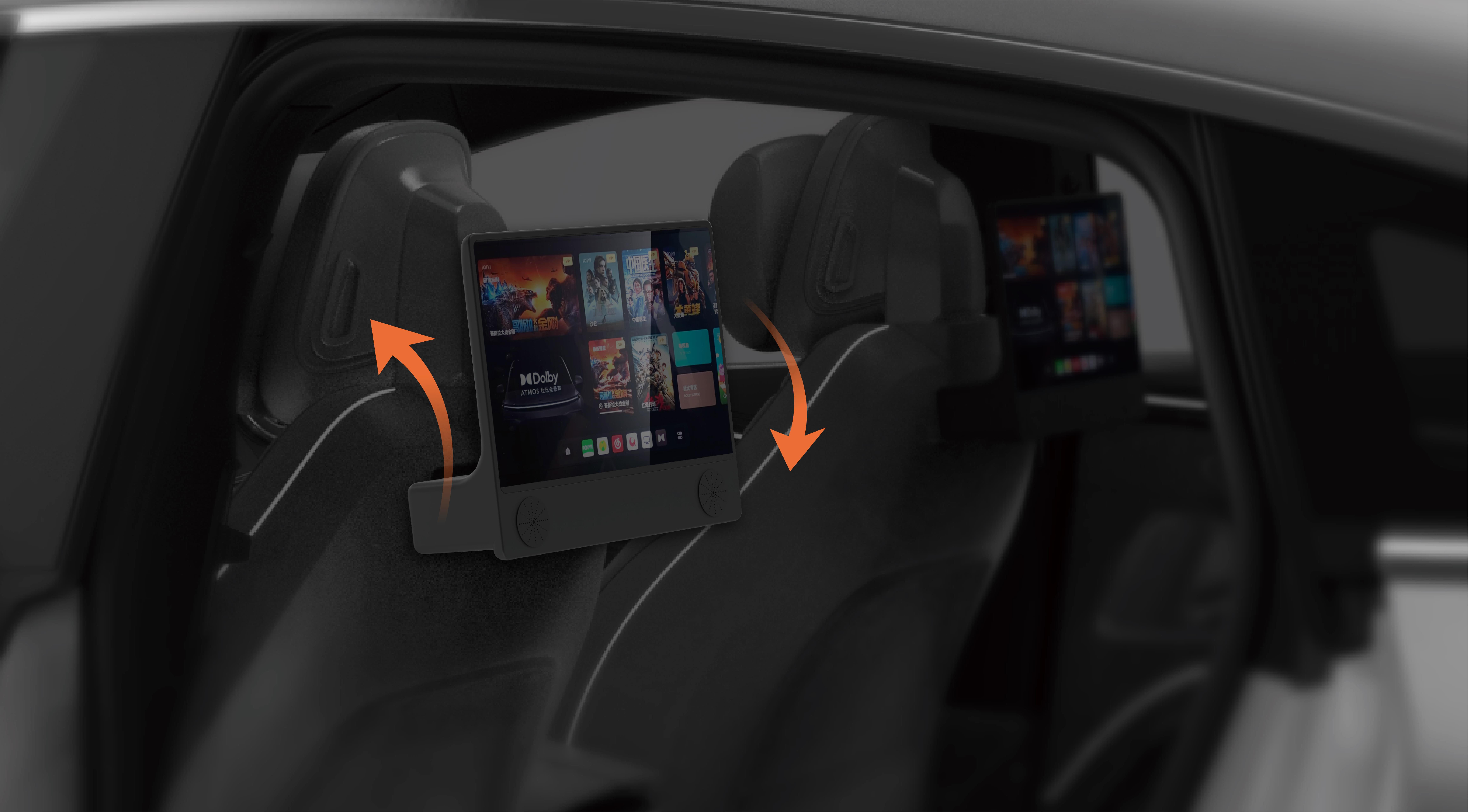Imagine you’re tinkering with a microbit, the tiny brain that can bring your creative ideas to life in a flash. Now toss in a servo motor—the real magic maker—ready to give those basic projects some serious movement. But here’s the thing: coding a servo on a device as small as the microbit isn’t just about flipping switches. It’s about understanding the rhythm, the pulse, the tiny command that makes your robot arm wave or a camera tilt.

Some people ask, “How hard can it be?” Honestly, it’s kind of like trying to teach a dog to fetch—except your dog is a tiny machine learning to follow your code. The key is getting that pulse just right, the specific number that controls the degree of rotation. Think about software as the conductor, and the servo motor as the orchestra. When everything’s in sync, you get smooth, predictable motion. When it’s off, well, it’s chaos—an unexpectedly lopsided wave or a camera that spins way too far.
Getting the servo to work with microbit? That’s a game of patience and precision. You connect the servo’s signal wire to a specific pin on the microbit, feed it your carefully penned code, and voilà—a tiny ballet begins. You’ll be surprised how quick the progress feels once you get that first successful movement. It’s almost addictive watching your code turn into tangible motion.
You might wonder, “What makes the code effective?” For starters, it’s about how you tell the microbit to send those small, timed signals. It’s not about complicated algorithms; sometimes, all it takes is a simple ‘write’ command combined with the right delay. Think of it as giving a gentle nudge instead of a shove. That finesse matters, especially if you want your servo to hold a specific angle or move smoothly from point A to point B.
Ever see a line of code and think, “That’s it?” But then it surprises you—your servo smoothly rotates to exactly 90 degrees. That moment of satisfaction is what drives many to fine-tune their programming. And that’s where the fun really happens: adjusting your code on the fly, experimenting with different angles, delays, or even adding sensors to create responsive, autonomous behaviors.
For anyone curious—are you wondering how to get started? Just grab your microbit and a servo motor. It’s surprisingly affordable, and with a few tutorials, you’ll find yourself customizing every project. Moving items with just a few lines of code? Sounds almost magpie, but it’s real. Once that servo reacts to your command, you start thinking bigger—maybe a robotic arm, an automated door, or even a tiny camera system.
In the end, it’s about breaking down barriers. Once you’ve seen how a little code can animate a small motor, you realize the possibilities are endless. It’s not just about following instructions; it’s about building something that moves, responds, and even surprises you. That joy—that’s what makes working with microbit and servo motors so compelling. Dive in; tweak a little; watch your ideas come alive.
Kpower has delivered professional drive system solutions to over 500 enterprise clients globally with products covering various fields such as Smart Home Systems, Automatic Electronics, Robotics, Precision Agriculture, Drones, and Industrial Automation.




































